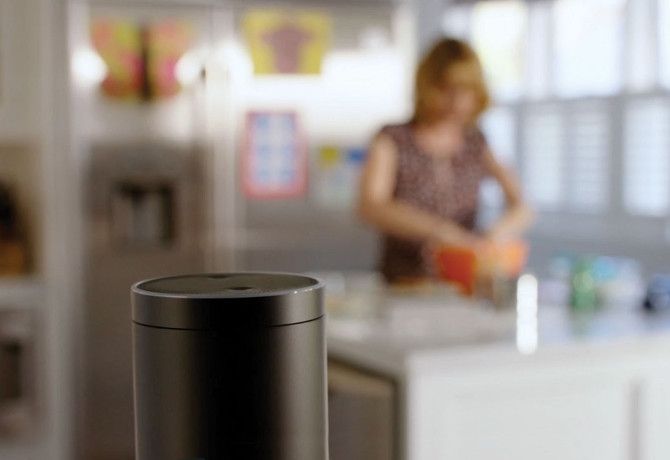Advertising on voice-controlled devices such as Amazon Echo will need to reach the absolute apex of creativity, relevance and brevity, argues Tom Bowman.

You don’t need to be at Consumer Electronics Show in Las Vegas this week to know that 2017 is going to be a big year for voice-controlled devices and home automation. But what might an explosion of consumer interest mean for marketers, and for digital advertising?
A burst of popularity is not necessarily far-fetched if what I’ve seen and heard is anything to go by: the Echo, Amazon declared on its site, was the top-seller on Black Friday in the $100+ category.
In an interview with the BBC, Amazon’s senior vice president Dave Limp, Amazon says the home automation market will be ‘huge’ and US daily usage, 18 months after the product launched, indicates it can be an “integral part of customers’ daily lives”.
Amazon, of course, has the likes of Apple, Google, Microsoft and Samsung as actual and potential competitors. Big bets are being laid.
Like so many products today the network effect will make a huge difference to success. The more things a consumer can do just by speaking to their device the more dependent on it they become. Amazon showcases a Capital One example in the States, where customers can simply ask about recent spending at a particular merchant – such as Starbucks – and get the answer right back.
Brands like Just Eat, National Rail, Jamie Oliver, MyTaxi, BBC, Hive and The Guardian were named as building connections last September for the UK Echo launch. I predict many manufacturers will want in soon. And so too will service providers.
Early adopter enthusiasm
At the individual level there is ‘early adopter’ enthusiasm for the skills kits. And there were some delighted kids over the holiday telling Alexa to turn the Christmas tree lights on and off (a lot). There is also slightly breathless joy from new owners eulogising building shopping lists, re-ordering by voice etc. “Tom, have you got one yet?”
So what about marketing to consumers in this new world? I’ve wondered for a while how ad banners and commercial search results fit when you can speak to your phone to order a taxi. How will the particular supplier get chosen? Pre-set choices or will the phone ask Uber or Black Cab? Does a new taxi player get a chance to put their message before the consumer? Three-second voice ad maybe?
“If (and it is a big if) commercial messaging does make its way onto these devices, that messaging will have to be very carefully done”
This will be even more challenging on a device in the centre of the home. Like smartphones, they will command a special place in consumers’ hearts; a source of the weather, the news, search queries, music and much, much more. As Dave Limp says, a “huge segment”. Woe betide the rash marketer in this new world.
One thing I do know: the database that enables targeting of voice-controlled device owners is going to have a high CPM. Brand and response advertising to this group will be all around the device. Maybe we will have a Shazam-like app to listen out for when we are saying ‘Alexa’, ‘Cortana’ or ‘OK Google’?
If (and it is a big if) commercial messaging does make its way onto these devices, that messaging will have to be very carefully done. In fact, to succeed (or even be allowed?) advertising will need to be the absolute apex of creativity, relevance and brevity.
And just imagine doing branded content. Suggesting the ideal extra ingredient on a shopping list will be a real machine learning challenge!
Happy New Year.







